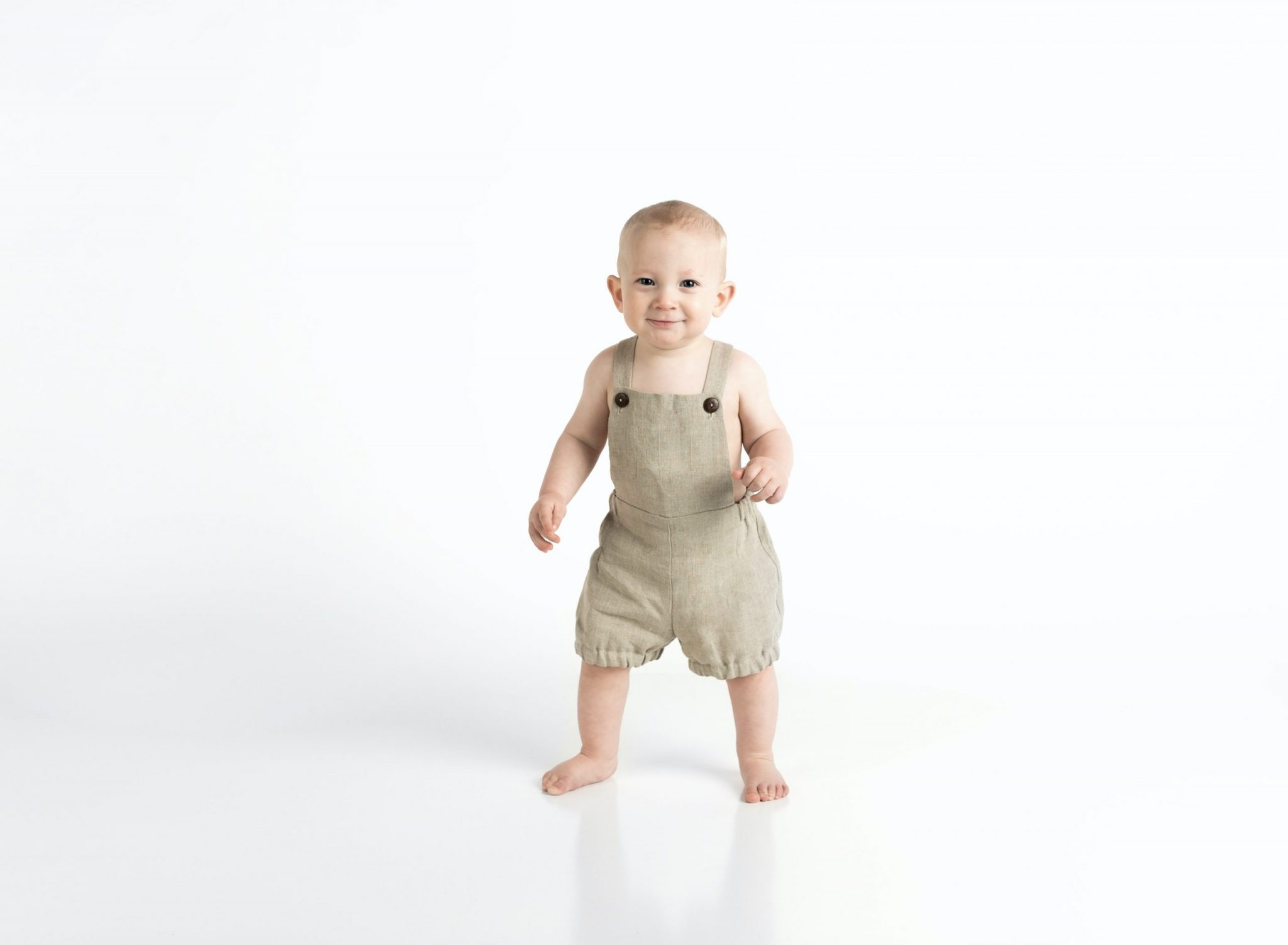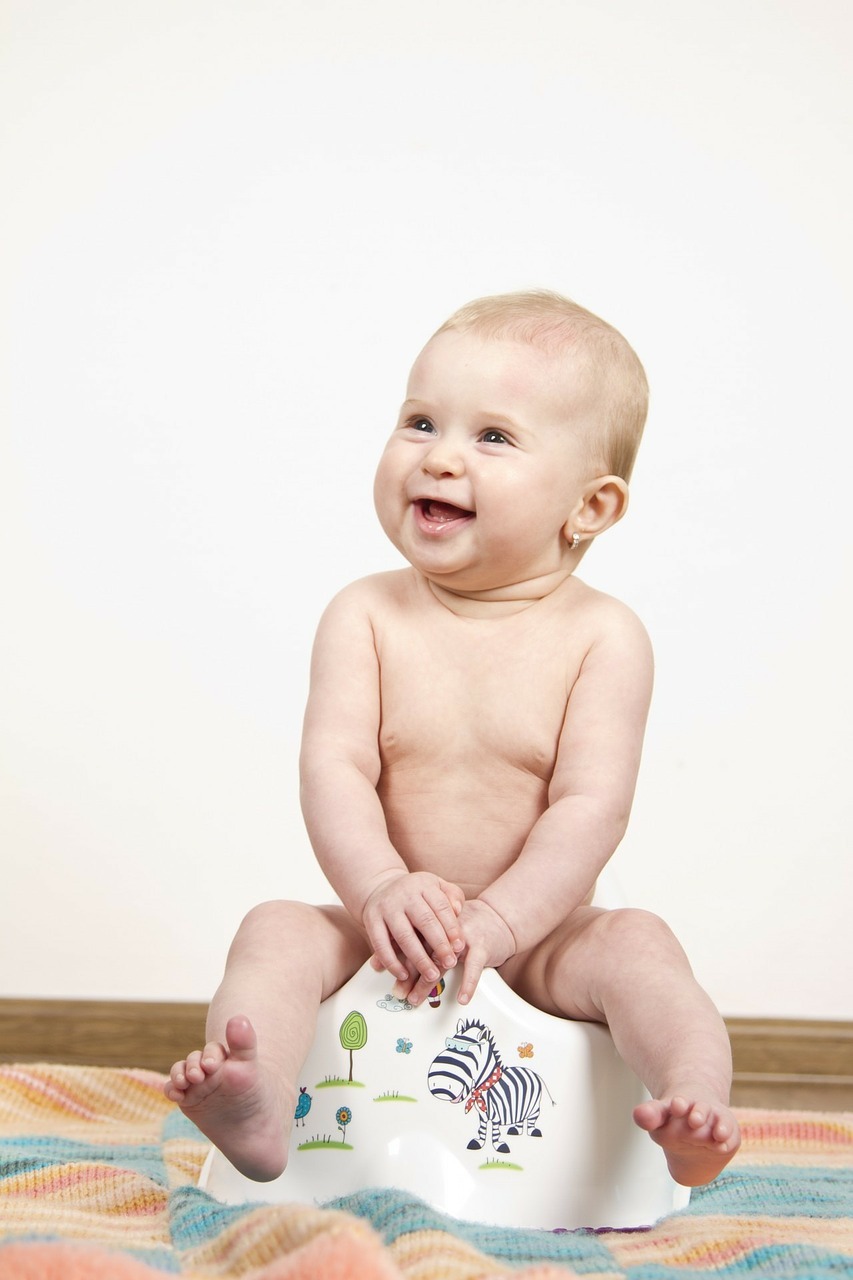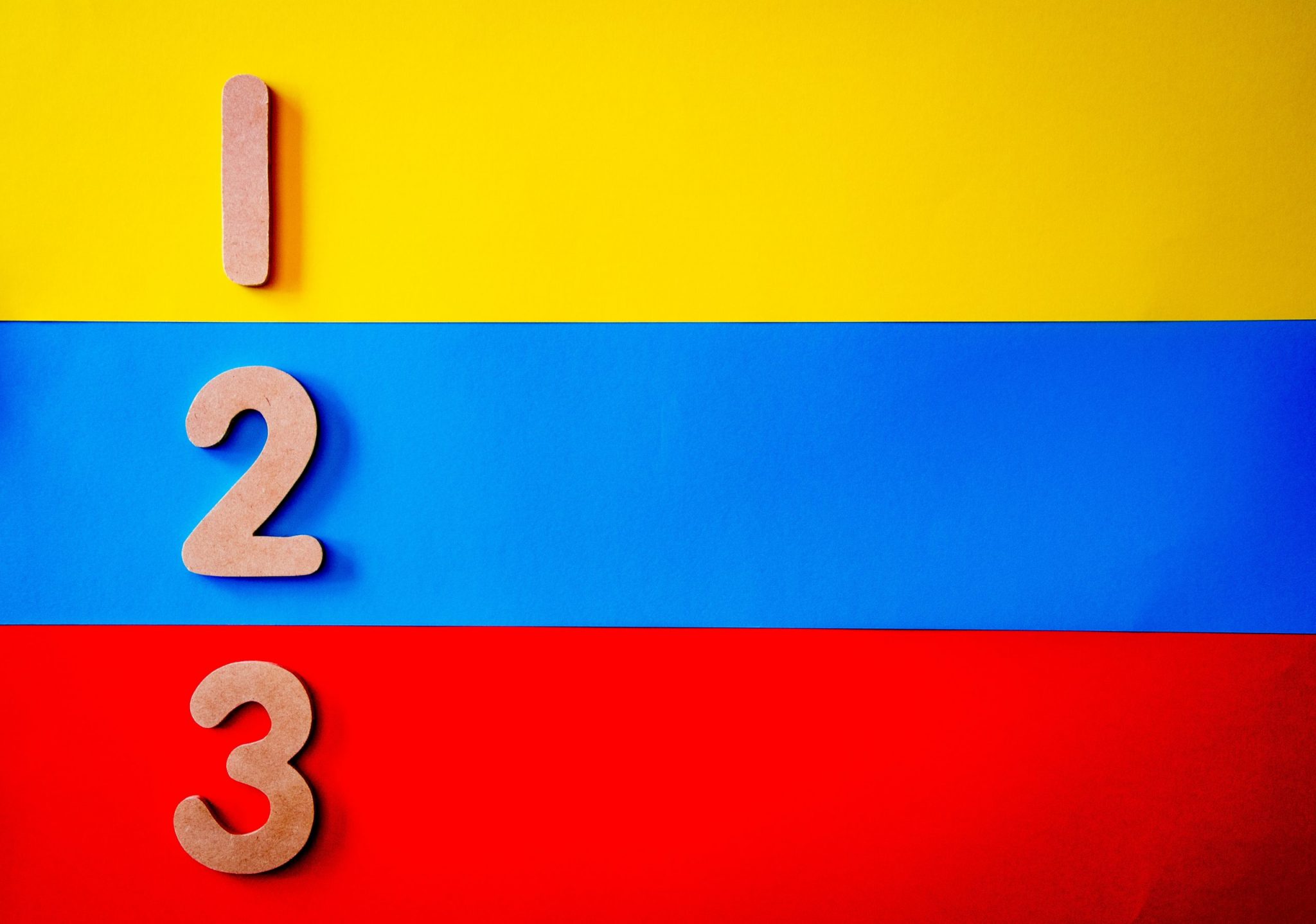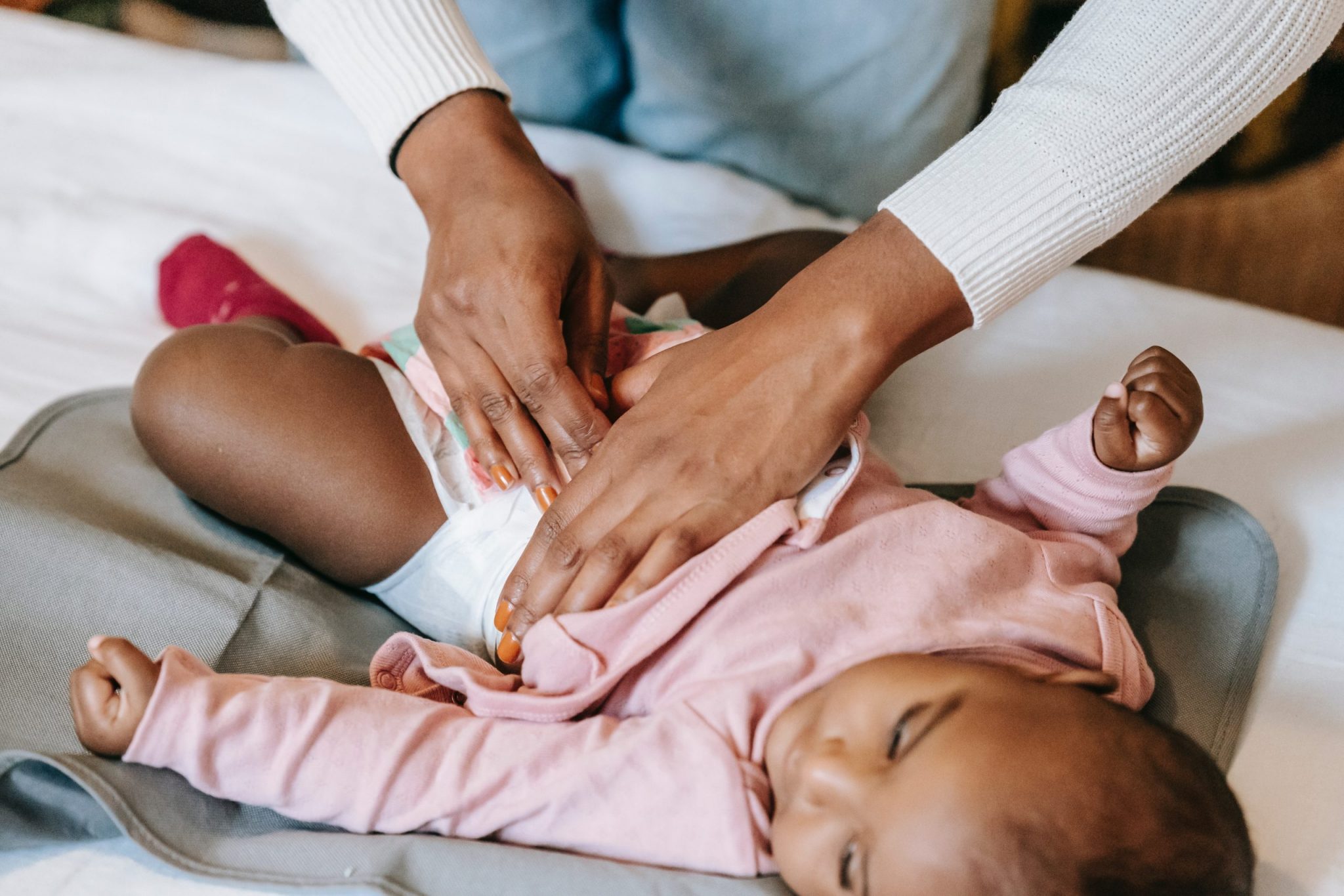- Step 1: Check for signs of readiness
- Step 2: Make sure the timing is right for potty training
- Step 3: Talk about potty a lot
- Step 4: Pick the right potty
- Step 5: Let toddler get used to the potty
- Step 6: Show them what to do after toddler uses the potty
- Step 7: Set up a reward system for potty training
- Step 8: Be patient and consistent with potty training
- Step 1: Check for signs of readiness
- Step 2: Make sure the timing is right for potty training
- Step 3: Talk about potty a lot
- Step 4: Pick the right potty
- Step 5: Let toddler get used to the potty
- Step 6: Show them what to do after toddler uses the potty
- Step 7: Set up a reward system for potty training
- Step 8: Be patient and consistent with potty training
Toilet training your child is going to be a journey, so you might as well make it a fun one!
Step 1: Check for signs of readiness
Your child will begin to give you signs of readiness between the ages of 18 to 24 months. These signs will include:
- Being aware of when they pee or poop in their diapers, and let you know about it.
- Having fewer dirty and wet diapers. This shows that they have gained bladder and bowel control.
- Showing an interest in your bathroom habits, and wanting to go to the bathroom with you.
- Being able to follow simple instructions.
- Being able to undress themselves.
Step 2: Make sure the timing is right for potty training
You want to start potty training your child when everyone is relaxed and has a consistent routine.
If the family is going through some type of transitional period, you might want to schedule potty training at a later date when things are more calm.
When you have an established routine, it will be easier for you to fir potty training somewhere between that which will make it less stressful on you and your child.
Step 3: Talk about potty a lot
By a lot we mean, you should be subtle bringing it as much as you can. You don’t want to bring it up in a way that could potentially be pressurizing for the toddler.
Avoid saying things along the lines of “you should learn how to use the potty now” or “go use the potty”.
This can be stressful for the child and they may reject being toilet trained altogether.
Talk about potty in the context of how mommy and daddy, or any elder sibling does it. You can also read books about potty to them.
The main point of talking about potty is to encourage the child and spark a sense of curiosity for using it themselves.
Step 4: Pick the right potty
There are lots of different types of pottys out there, and there is a chance you will get overwhelmed with the options available.
When it comes to choosing a potty for your child, here are some things to decide:
- Potty seat or a separate potty? A potty seat is appropriate for children who can reach the toilet. Parents also prefer to get a potty seat so the child gets used to using the toilet too. You can get a stand-alone potty if your child has difficulties reaching the toilet. It will also give the child a sense of independence of having their own potty to use. You can put it next to your toilet, so your child will be encouraged to use it alongside you.
- Level of comfort: Before you buy a potty, it is important that you make your child sit on it to check if they are comfortable. The height and rim of the potty should be the right size to ensure that your child can fit properly on it.
- Fun and exciting: It is better if you let your child choose what they want. Let them pick the one that has fun things going on, like ske lights and sounds. Remember, you want to make potty training as exciting as possible, and letting them choose a potty will help you do that.
- Ease of cleaning: Since you will be cleaning up after, you will also want to make sure that the potty involves the least amount of work to clean.
- Splash guards: This is specifically for boy toddlers, and it will help prevent any splashes when they are peeing.
Step 5: Let toddler get used to the potty
Once your child has gotten the potty of their choice, and they are excited to use it, the next thing to do is let them get used to it.
You should show them how they should be sitting on it, so they know exactly how to use it later.
At this stage, we want them to get familiar with the potty even if they don’t actually use it. You can encourage them to use it even if they are fully clothes and have their diapers on.
Let them get used to it for at least two days by doing some “pretend potties”, before you begin the actual potty training.
Step 6: Show them what to do after toddler uses the potty
When you begin showing them how to use the potty, you should also be teaching them how to wipe, flush and then wash their hands.
Have a stool in the bathroom, so the sink is accessible to them.
They will learn better when you actually do everything with them, so they are able to mimic mom or dad or a sibling.
Step 7: Set up a reward system for potty training
Next thing you want to do is give them incentive to use the potty consistently. You can do this by having a reward system for every time they use the potty.
The rewards can be in the form of stickers, new pairs of fun underwear or their favorite snack.
This will encourage them to keep using the potty till they can at least use it on their own with little assistance.
Step 8: Be patient and consistent with potty training
Potty training is a messy process, and it can sometimes take longer than you expected. But that is completely normal, and okay.
You have to be as patient as you can, because it is also an entirely new thing that your child is learning.
Your child will eventually learn how to use the potty on their own, but in the meantime, be gentle and encouraging and celebrate even the smallest wins.
It is also important to be consistent and stick to your training till the end.
If you feel like your child is not ready at this point in time to be potty trained, then it is okay to try again after a month or two.





